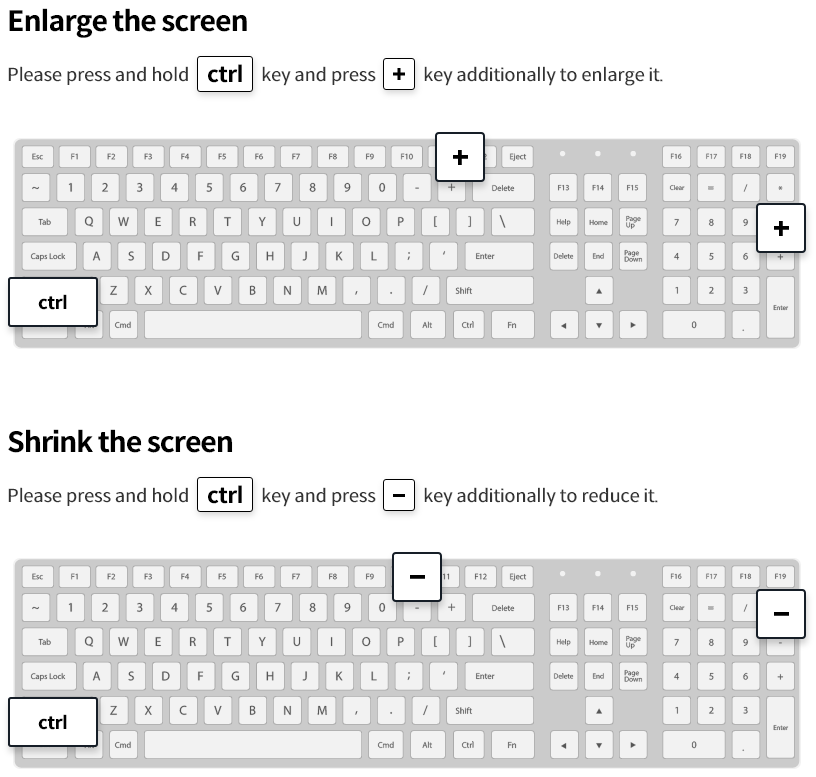answer
First, whether the country is eligible for the EDCF loan should be verified. According the OECD Guideline, countries with per Capita GNI of U$ 4,095(WB, 2020) or more, and commercially viable projects are not eligible for tied-aid loan. Also, countries with high risks of default (e.g. HIPC countries yet to reach the decision point and countries with their EDCF principal repayment overdue) may not be able to get support, or at least, the support will be delayed until the risk subdues, even if a project has been sought.
Second, priority and preparation of the recipient government on the listed project should be confirmed. The project should be listed as one of the top priorities in the recipient country’s national development plan. It is preferred that a feasibility study(F/S) has been completed by an official organization or expected to be completed. As for the equipment loan, price estimation should be grounded on the information provided by an official organization, or should be reasonable, i.e. similar to the international price quote.
Third, the scope of the project should be reviewed if it is feasible, considering the limited financial resource. Average amount of the loans are between U$30 and U$60 million. Therefore, if the project cost exceeds the range, it is recommended for the borrower to discuss the details of loan extension with the Ministry of Finance and Economy prior to the seeking a project, or to have the recipient government to bear exceeding amount.
Forth, whether the project conforms to the OECD Guidelines or to the EDCF Guidelines should be checked. Since the OECD Guidelines do not allow tied loan to commercially viable projects, it is a good idea to review the commerciality of the project in the communications, electricity or manufacturing businesses. For the LDCs, commerciality may not be the issue. Instead, we review the possibility of debt relief or debt-rescheduling for the fragile states and HIPCs.


